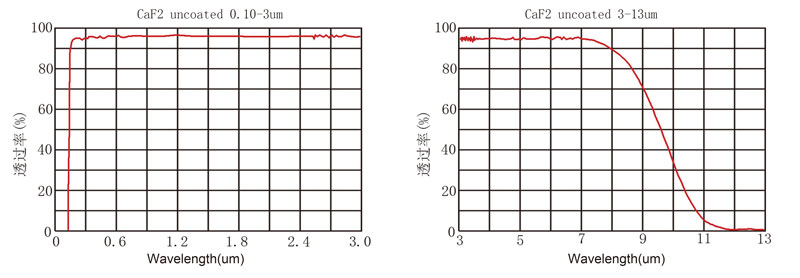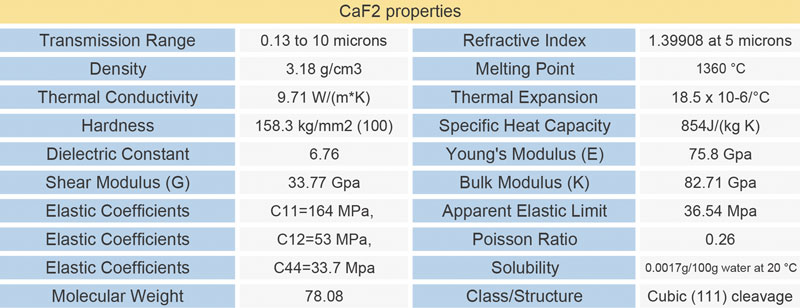A senior expert from the China Clean Development Mechanism** Management Center of the Ministry of Finance pointed out that during the “12th Five-Year Plan†period, China is still unable to establish nationwide mandatory carbon emission reductions. Therefore, for carbon trading, enterprises lack motivation and the market lacks demand. “There is no saddle for horses, no rice for them, and if you think that you have a pit, you must have a market. This is a typical planning economy thinking.†A participant in the "12th Five-Year Plan" national greenhouse gas emission control comprehensive plan " The carbon reduction strategy expert said.
Even so, the upsurge of carbon exchanges has not diminished, even at the level of counties (including county-level cities). Nanhai District of Foshan City, Guangdong Province, said in April that it will establish the first environmental energy exchange in South China to target carbon trading and emissions trading. In September, Hengqin New District of Zhuhai City also stated that it will build a number of platform-based institutions centering on trading platforms such as equity exchanges, environmental energy exchanges and cultural property rights exchanges.
In March of this year, Tong Xiaoping, the vice mayor of Chongqing, pointed out that this year he strives to build the “carbon exchange exchange†and strives to create the first single “carbon transferâ€. The Chongqing Environmental Resource Trading Center, the first environmental resource trading center in western China that was listed at the beginning of the year, also stated that it is also expected that carbon trading will be carried out in the future.
In 2010, a number of provincial-level carbon exchanges have been established in China, involving Hebei, Shanxi, Shaanxi, Guizhou, Anhui, and Liaoning provinces. Last year, Shenzhen and Guangzhou also competed to announce the testing of carbon trading in the water industry. In April this year, Suzhou Environmental Exchange and Jilin Environmental Energy Exchange were established.
“If the carbon trading pilot is trying to explore different technology paths and trading patterns, it is reasonable to establish a carbon exchange in the local area.†The above-mentioned Ministry of Finance experts said: “But so many places that engage in carbon exchanges are obviously overheated.†In April, the National Development and Reform Commission proposed to pilot trials of carbon trading in six regions in Beijing, Shanghai, Tianjin, Chongqing, Guangdong and Hubei in 2013. Sun Cuihua, deputy director of the Department of Climate Change at the National Development and Reform Commission, also stated that he hopes to expand carbon trading nationwide in 2015.
According to Qian Guoqiang, former expert of the Treaty and Law Department of the Ministry of Foreign Affairs who had participated in the negotiations on the Kyoto Protocol, the design of mandatory carbon trading targets, the allocation of emission rights, and the monitoring and verification of emission sources are not yet clear. The exchange is "premature."
In terms of business structure, the above-mentioned experts from the Ministry of Finance stated that at present, 90% of China's CDM projects can only be sold to international buyers and are basically not traded on domestic carbon exchanges; the main business of China's carbon exchange is voluntary carbon. The share of emission reductions also accounts for a small proportion of the global carbon trading market. Basically sporadic corporate image promotion has limited contribution to the profits of carbon exchanges.
This boom has been a dangerous sign. The president of a municipality carbon exchange disclosed to the reporter of the "Economic Information Daily" that China's first carbon exchange, the main carbon trading company in China, in Heze City, Shandong Province, has closed; the city of Luliang in Shanxi Province was established in 2009. The number of transaction centers for energy-saving and emission reduction projects is called the first of its kind in the country and it was also closed last year.
Earlier media reports also reported that among the four major carbon exchanges in the domestic first echelon, only the Shanghai Environmental Energy Exchange made a small profit. The Beijing Environmental Exchange and the Tianjin Emissions Exchange were all losing money. Mei Dewen, president of the Beijing Environment Exchange, did not admit it or deny it. He pointed out that, like the Internet industry, carbon exchanges have large initial investments and high industry barriers, and it will take a while to realize profitability, especially for small and medium-sized carbon exchanges in various regions.
Tang Renhu, general manager of Beijing Zhongchuang Carbon Investment Technology Co., Ltd., said: “The local government is willing to engage in carbon exchanges, mainly because it is as fashionable as the property rights exchanges a few years ago. It is also a local business card and performance project.†According to the CEO, “The fragmentation of China's financial market is still quite serious. The local government has established a carbon exchange and hopes that the fertilizer and water will not flow to outsiders.†Although the carbon exchange itself is not a large local taxpayer, the carbon exchange is stable. Many of the members that come down are large profits and taxes, and they have "cost advantage" in their local rights and transactions."
During the interview, the reporter learned that local carbon exchanges were mostly approved by the local government. The relevant person of the Climate Change Department of the National Development and Reform Commission pointed out to the reporter of the “Economic Information Daily†that the National Development and Reform Commission does not have the authority to examine and approve the establishment of local carbon exchanges. The carbon exchange is still in the stage of non-financial transactions of property rights transactions, and is divided according to ministries and commissions. It is not under the management of the SFC. The source stressed that according to the data they have mastered, there is no "flowering everywhere" at the domestic carbon exchanges.
Tang Renhu said: “A few years ago, the establishment of a ** exchange became a regional financial boom. There were a total of 58 stock exchanges across the country. After a round of mergers and acquisitions, there are currently less than 10 in the country. Many carbon exchanges are now It is difficult to escape the fate of mergers and acquisitions."
Single crystal Calcium Fluoride Lenses or Calcium fluoride windows are ideal for high performance imaging and laser systems.
Calcium Fluoride (CaF2) is an optical grade glass which has an extensive transmission range from UV, visible and IR. Especially, Calcium fluoride has a high transmittance from 200nm to 7μm. The transmittance of uncoated Calcium Fluoride window can up to 94% due to its low absorption and low index of refraction.
We offers high precision and quality caf2 window with cost-benefit price as well as stable supply ability. Dimensions and shape depends on your project, CaF2 drilled window, Caf2 Irregular Window could be customize. Meanwhile, experienced engineer could advise you professional advices according to your applications, drawing is aslo available.
Besides CaF2 window, other Infrared Window such as Zinc Selenide windows, CaF2 window, sapphire window and other High Precision Optical Glass Window are available upon request.


Caf2 Flat Window,Caf2 Plate,Caf2 Window Drilled,Calcium Fluoride Plate
China Star Optics Technology Co.,Ltd. , https://www.realpoooptics.com